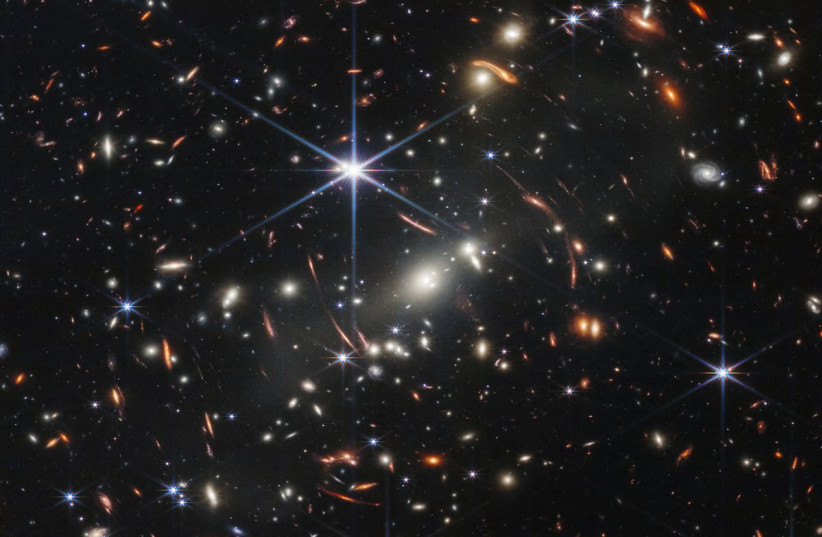One of the oldest galaxies ever was found with James Webb Space Telescope

The observation is among the first of a distant galaxy using NASA's James Webb Space Telescope since it was launched in December 2021.
The James Webb Telescope has discovered a galaxy from 13 billion years ago.
The finding, published Thursday in the peer-reviewed journal Science, is among the smallest ever discovered at this distance—around 500 million years after the Big Bang. Astronomers from University of Minnesota who made the discovery say it could lead to more information about galaxies that were present shortly after the Universe came into existence.
The observation is among the first of a distant galaxy using the James Webb Space Telescope.
“This galaxy is far beyond the reach of all telescopes except the James Webb, and these first-of-their-kind observations of the distant galaxy are spectacular,” said Patrick Kelly, senior author of the paper and an assistant professor in the University of Minnesota School of Physics and Astronomy.
“Here, we’re able to see most of the way back to the Big Bang, and we've never looked at galaxies when the universe was this young in this level of detail. The galaxy’s volume is roughly a millionth of the Milky Way’s, but we can see that it’s still forming the same numbers of stars each year.”
Added study author Hayley Williams: “The galaxies that existed when the Universe was in its infancy are very different from what we see in the nearby Universe now. This discovery can help us learn more about the characteristics of those first galaxies, how they differ from nearby galaxies, and how the earlier galaxies formed.”
What is NASA's James Webb Telescope?
On December 25 2021, NASA launched the James Webb Space Telescope (JWST).
Set to replace NASA's Hubble Space Telescope as the space agency's new flagship space telescope, as Hubble has been in use for over 30 years. The JWST can collect about 10 times as much light as the Hubble Space Telescope.
The massive telescope is 20.197 meters by 14.162 meters in size and weighs 6,500 kilograms. It was expensive, too, costing some $9 billion.
With its specially designed, state-of-the-art instruments, it is set to vastly expand our understanding of the universe around us and our place in it.
The first images of JWST were unveiled last July. Since, it has led to a number of exciting observations including of a Wolf-Rayet star - one of the most luminous, massive and briefly detectable stars known to astronomers - in June 2022
Aaron Reich contributed to this report.
Jerusalem Post Store
`; document.getElementById("linkPremium").innerHTML = cont; var divWithLink = document.getElementById("premium-link"); if (divWithLink !== null && divWithLink !== 'undefined') { divWithLink.style.border = "solid 1px #cb0f3e"; divWithLink.style.textAlign = "center"; divWithLink.style.marginBottom = "15px"; divWithLink.style.marginTop = "15px"; divWithLink.style.width = "100%"; divWithLink.style.backgroundColor = "#122952"; divWithLink.style.color = "#ffffff"; divWithLink.style.lineHeight = "1.5"; } } (function (v, i) { });

